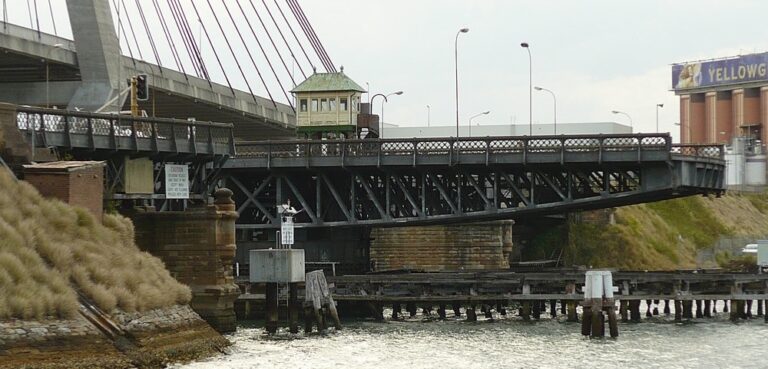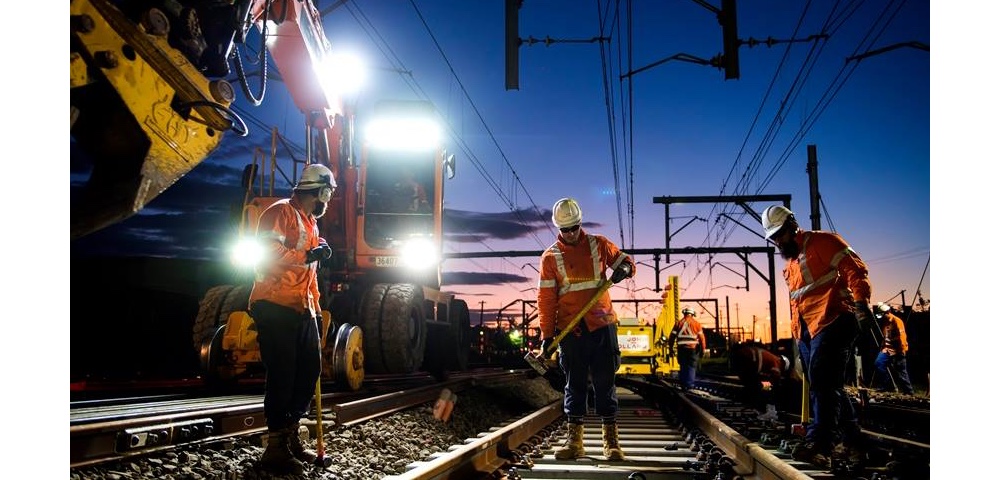The City of Sydney has approved new controls that require all new buildings from 2026 to operate entirely on electricity, restricting the use of gas appliances.
Indoor gas appliances, such as gas ovens or heating systems, will no longer be allowed to be installed in the new buildings, with the goal to reduce dependence on gas in order to improve energy efficiency, the environment and the health for the people of Sydney.
From 1st January 2027, the initiative will also include outdoor gas appliances such as water heaters, and the all-electric requirement will also expand to include new large commercial buildings, hotels and serviced apartment buildings. The large commercial developments include office buildings greater than 1,000 square metres, hotels with more than 100 guest rooms and buildings with over 100 serviced apartments.
Clover Moore, Lord Mayor of Sydney said that the main purpose of this initiative is to create more energy efficient, healthier buildings which will meet future energy standards.
“Relying on gas is bad for the planet, bad for our finances and bad for our health,” she said.
“Creating more energy efficient, healthier buildings which will meet future energy standards and avoid expensive retrofitting is an obvious next step.”
“A sensible step in the right direction”
Senior Advocacy Advisor at the Climate Council, Ben McLeod, described the initiative as a sensible step in the right direction as we look at the future for both the climate in Sydney as a city, and for Sydney siders in general.
“Electricity powered by renewable energy, whether that’s solar on your rooftop or increasingly, renewable power in our grid, is much lower emissions than gas in households,” he told CityHub. “Gas is also far from a clean fuel when we’re burning it in our homes or in a building.
According to an analysis from the Climate Council, it’s expected that households meeting these requirements could save up to $626 a year in energy bills compared to gas operated homes due to the increasing gas prices as the consequence of market issues and supply risks.
This equates to $8,109 in today’s dollars over 40 years which means total savings of $371 million for all new homes in Sydney over the same period, with the commercial sector to save a total of $173 million over 40 years.
McLeod says that there are two things to keep in mind when considering how Sydney’s construction sector can take additional measures to make the city an even more climate friendly city- where the energy comes from, and how efficiently we use that energy,
“In this case, we’ve taken the step towards saying electricity, which is a great move,” he said. “Building homes that are really efficient with double glazing and insulation, windows facing the right directions to take advantage of winter sun, but not letting too much sun and overheat the home in summer. All of those things can mean that we’re using less energy. That cuts emissions, and it also cuts bills for households.”
The new amendments will not apply to existing buildings or industrial uses, and any food and beverage premises within the development will still be able to use gas, provided there is adequate space and electrical capacity for future electrification.













Leave a Reply